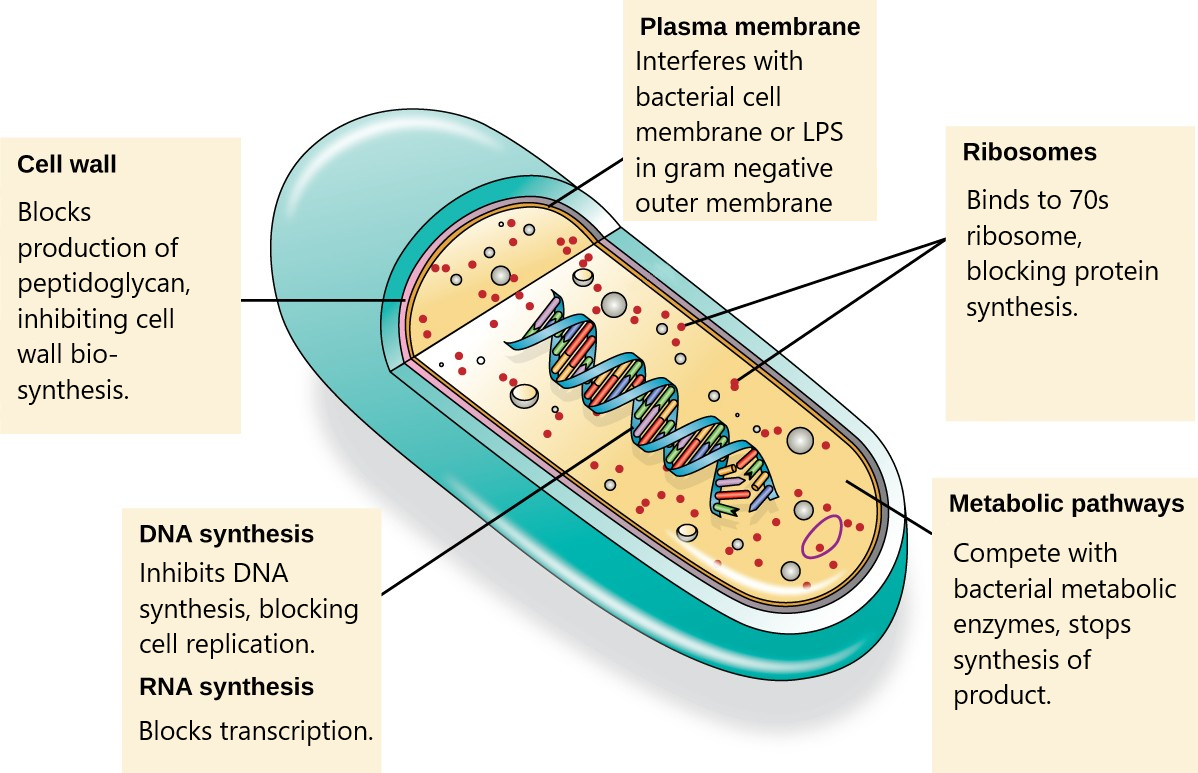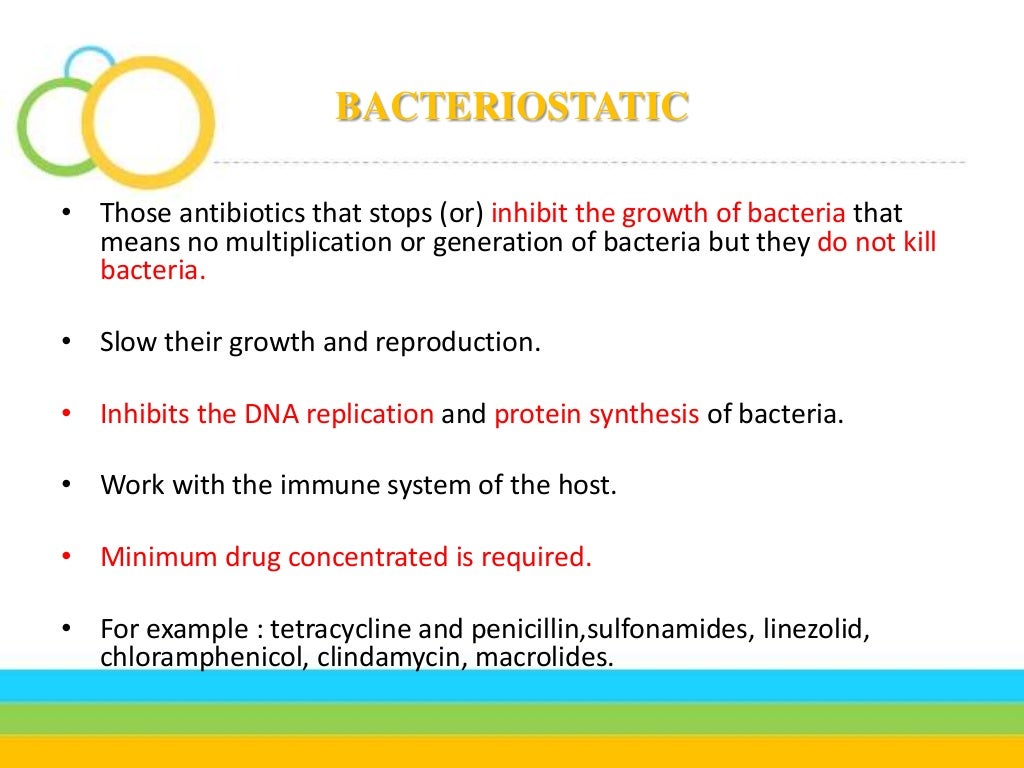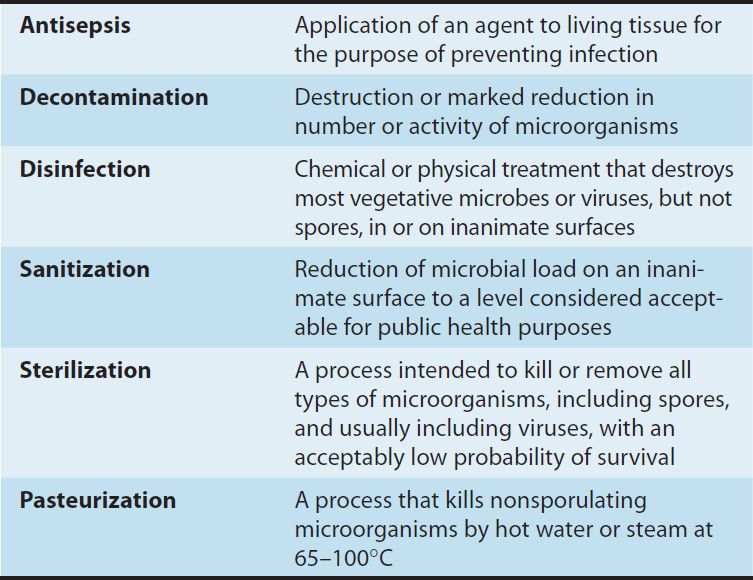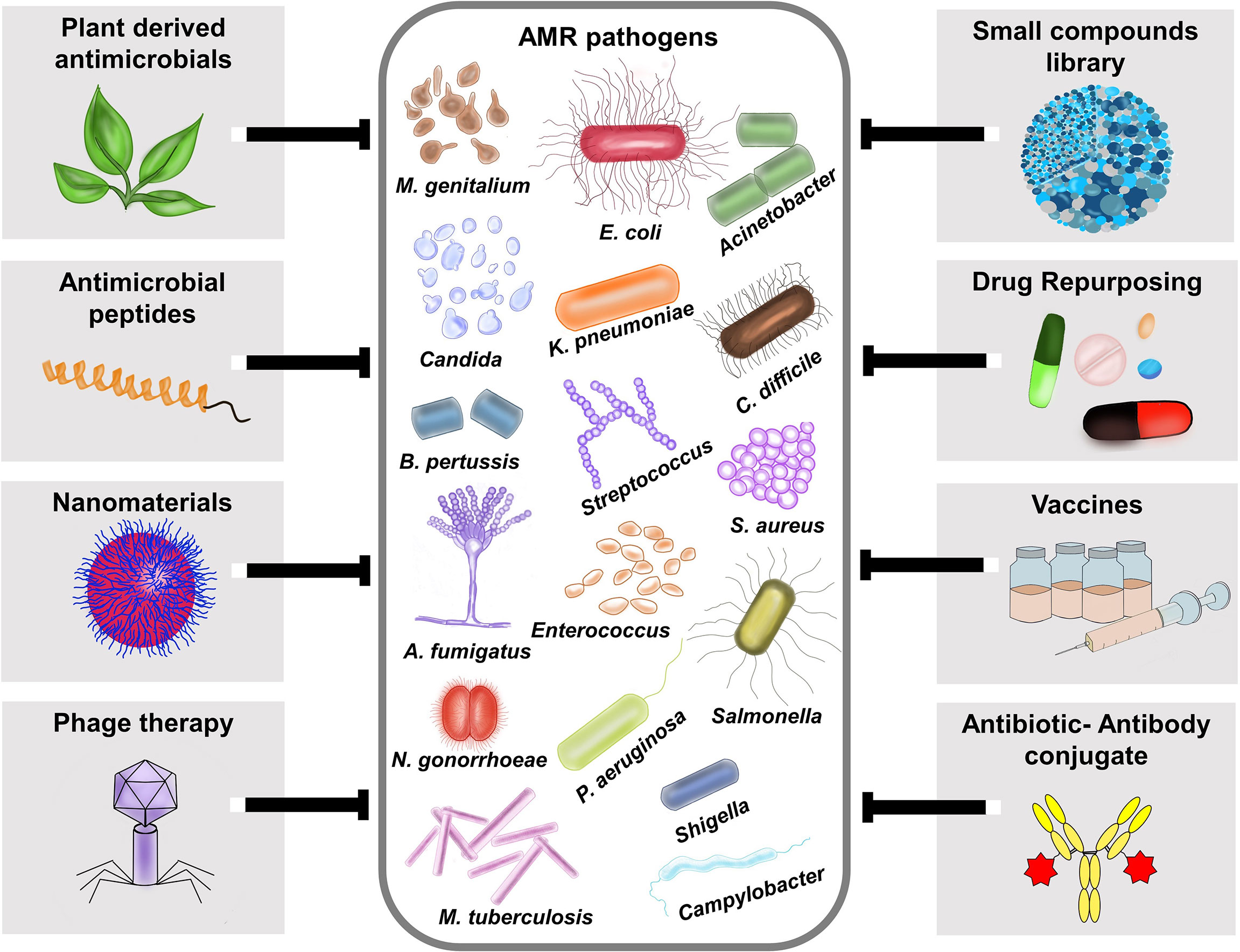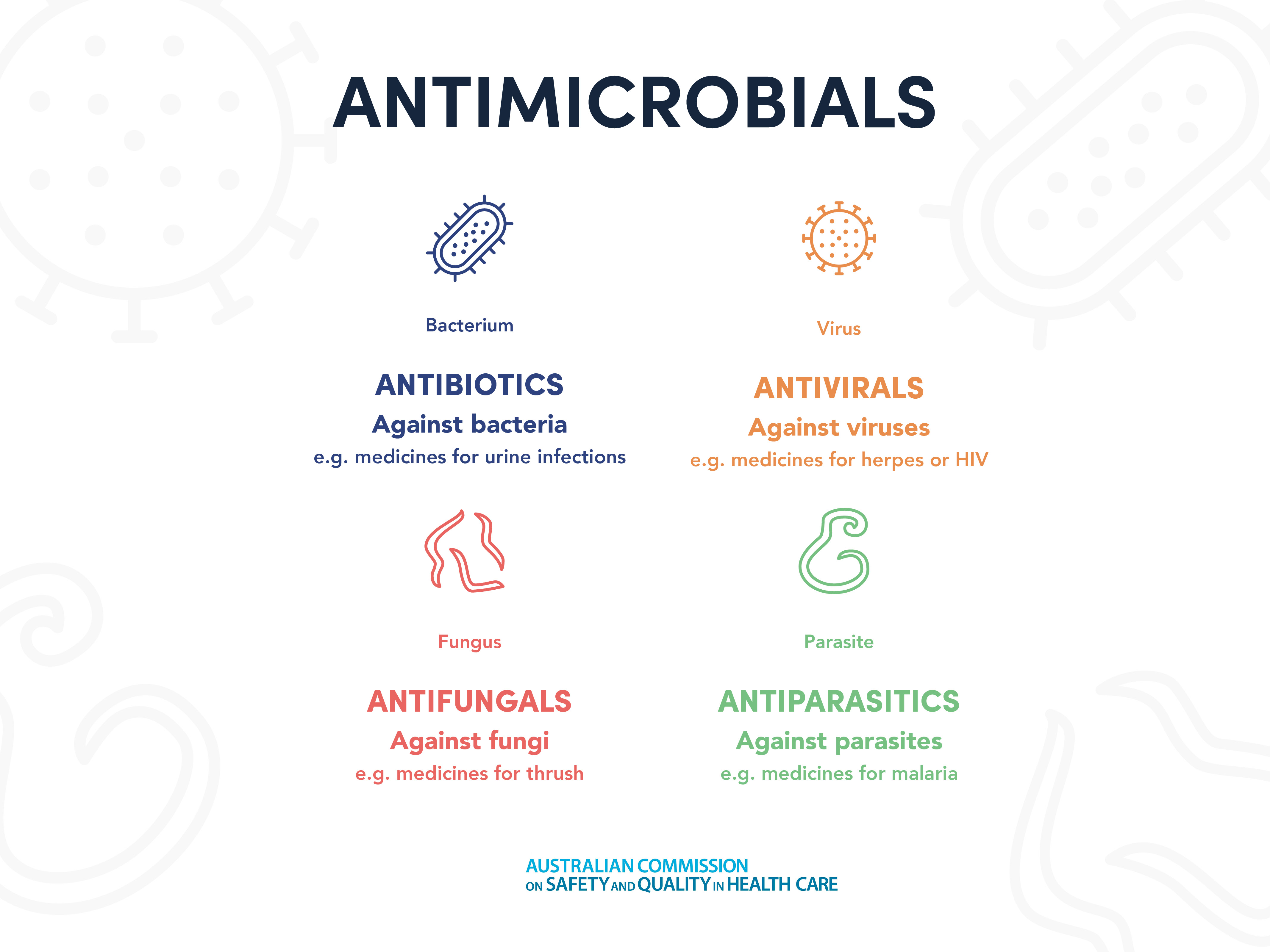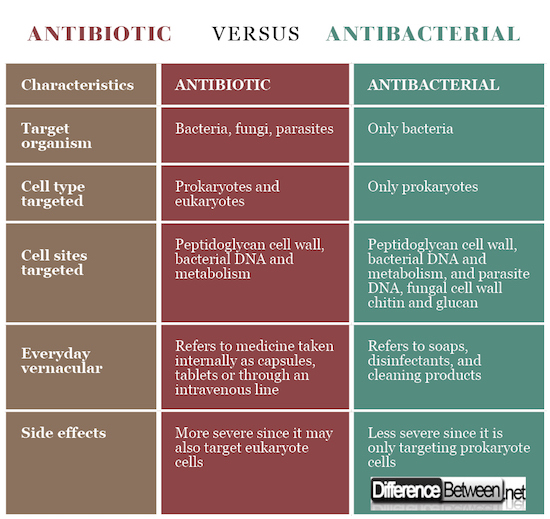Antimicrobial Chemicals Can Exist In What Physical States

The invisible battle against microbes rages on, not just in hospitals and laboratories, but within our very homes and environments. Antimicrobial chemicals, the arsenal in this fight, manifest in a surprising variety of physical states, each designed for a specific mode of attack. Understanding these forms – solids, liquids, and gases – is crucial to grasping their effectiveness and potential impact on human health and the ecosystem.
This article delves into the diverse physical states of antimicrobial chemicals, explaining their applications, advantages, and disadvantages. It explores how these substances are engineered to exist in different forms to combat bacteria, viruses, fungi, and other microorganisms, and examines the ongoing research into safer and more effective antimicrobial strategies.
The Ubiquitous Liquid Antimicrobials
Liquid antimicrobials are perhaps the most commonly encountered form. From household disinfectants to hand sanitizers, their fluid nature allows for easy application and widespread coverage.
They can be further categorized into solutions, suspensions, and emulsions, each with unique properties affecting their efficacy and stability.
Solutions: The Clear Choice
Solutions are homogenous mixtures where the antimicrobial agent is completely dissolved in a solvent, typically water or alcohol. This ensures even distribution and consistent concentration, leading to reliable performance.
Examples include alcohol-based hand sanitizers and many disinfectant sprays. Their clarity and ease of use contribute to their popularity.
Suspensions: When Dissolving Isn't an Option
When the antimicrobial agent is insoluble in the chosen solvent, it forms a suspension. These are heterogeneous mixtures where solid particles are dispersed throughout the liquid.
Shake-well warnings are often associated with suspensions to ensure proper mixing before application. Some topical antiseptics and certain types of disinfectants utilize this form.
Emulsions: Mixing the Unmixable
Emulsions involve the dispersion of two immiscible liquids, such as oil and water, stabilized by an emulsifier. This allows for the incorporation of hydrophobic antimicrobial agents into aqueous solutions.
Certain sanitizing wipes and some skin cleansers utilize emulsions to deliver antimicrobial compounds alongside moisturizing agents. The texture is often creamy or milky.
Solid Antimicrobials: Powders, Coatings, and More
Solid antimicrobials offer a different approach to microbial control. Often found in powder form or incorporated into coatings and materials, they provide sustained release and targeted action.
Their stability and longevity make them suitable for a range of applications, from wound dressings to antimicrobial surfaces.
Powders: Precision and Longevity
Antimicrobial powders can be applied directly to surfaces or incorporated into other materials. Silver nanoparticles, for instance, are often used in powder form due to their broad-spectrum antimicrobial activity.
They are used in wound care to prevent infections and in textiles to create odor-resistant fabrics. The fine particle size allows for good distribution.
Coatings: A Protective Shield
Antimicrobial coatings involve the application of a solid layer containing antimicrobial agents onto a surface. This creates a barrier that inhibits microbial growth and colonization.
These coatings are widely used in healthcare settings on door handles, countertops, and medical devices. They offer a long-lasting solution to surface contamination.
Incorporated Materials: Built-In Protection
Antimicrobial agents can be directly incorporated into the matrix of materials, such as plastics and polymers. This provides inherent antimicrobial properties to the finished product.
Examples include antimicrobial keyboards, food storage containers, and even some types of clothing. The integration of antimicrobials during manufacturing ensures uniform distribution.
Gaseous Antimicrobials: Vaporized Defense
Gaseous antimicrobials represent a potent and often specialized approach to disinfection. They can penetrate hard-to-reach areas and provide comprehensive coverage.
However, their use requires careful control and monitoring to ensure safety and efficacy.
Ozone: A Powerful Oxidizer
Ozone (O3) is a powerful oxidizing agent with broad-spectrum antimicrobial activity. It effectively destroys bacteria, viruses, and fungi by disrupting their cellular structures.
Ozone is used in water treatment, air purification, and the disinfection of medical equipment. Its highly reactive nature necessitates careful handling.
Vaporized Hydrogen Peroxide (VHP): Total Disinfection
Vaporized hydrogen peroxide (VHP) is a widely used method for decontaminating enclosed spaces, such as hospital rooms and laboratories. The hydrogen peroxide is vaporized to create a dry mist that permeates all surfaces.
VHP is effective against a wide range of microorganisms, including resistant strains. Rigorous safety protocols are required to prevent exposure.
Chlorine Dioxide Gas: Versatile and Effective
Chlorine dioxide gas (ClO2) is another powerful antimicrobial agent used for disinfection and sterilization. It is effective against bacteria, viruses, and fungi, even at low concentrations.
ClO2 is used in water treatment, food processing, and the decontamination of buildings after outbreaks. Its versatility makes it a valuable tool in public health.
The Future of Antimicrobial Formulations
Research into new and improved antimicrobial formulations is constantly evolving. The focus is on developing substances that are more effective, less toxic, and more environmentally friendly.
Nanotechnology plays a crucial role in this effort, enabling the creation of targeted and controlled-release antimicrobial systems.
The challenge lies in balancing the need for effective microbial control with the potential risks associated with widespread antimicrobial use. Concerns about antimicrobial resistance and environmental impact are driving the development of sustainable and responsible antimicrobial strategies.
The development of novel antimicrobial agents and innovative delivery systems is crucial in the ongoing battle against infectious diseases. Understanding the physical states of these chemicals, and their individual properties, is paramount to implementing effective strategies that will protect public health for years to come.

